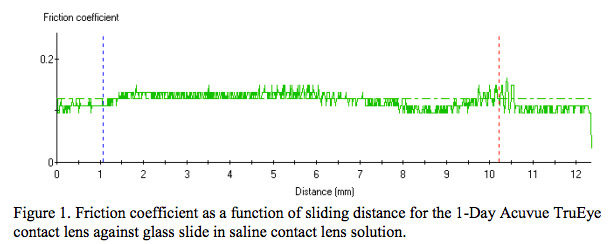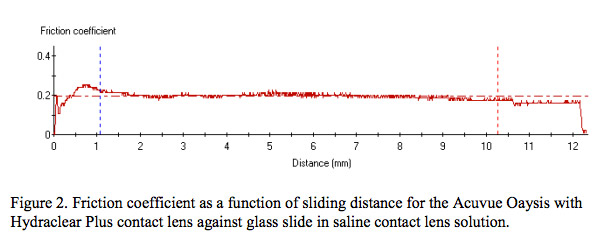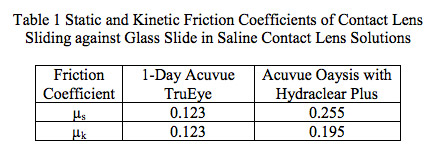- Lab Services
- Chemical
- Color Measurement
- Contact Angle
- Gloss Measurement
- Liquids
- Mechanical
- Abrasion
- AFM
- Contact Stylus Surface Roughness Analysis
- Depth Profiling
- Express Property Mapping through Accelerated Nanoindentation
- Macroscratch
- Microindentation
- Microscratch
- Modulus Mapping
- NanoDMA
- Nanoindentation
- Nanoscratch
- Rheology
- Scratch Testing ISO 1518
- Shore A and Shore D Hardness
- Universal Testing Machine
- Metallurgy
- Microscopy
- Particle Size
- Peel Strength
- Pore Size
- Surface Roughness & 3D Topography
- Technical Consulting
- Thermal
- Tribological
- X-Ray Diffraction
- Zeta Potential
- Products
- Industries
- Resources
- About Us
- Testimonials
- Contact Us


 Ebatco offers a variety of micro- and nano- mechanical testing instruments that our team of scientists expertly operate to complete projects for research and development teams. High quality material testing can be a crucial part of turning ideas into reality by ensuring that each material aspect of the product will both function correctly and offer longevity. Research and development is an important and challenging part of designing a new product and Ebatco wants to make sure that the ideal product can be taken to market.
Ebatco offers a variety of micro- and nano- mechanical testing instruments that our team of scientists expertly operate to complete projects for research and development teams. High quality material testing can be a crucial part of turning ideas into reality by ensuring that each material aspect of the product will both function correctly and offer longevity. Research and development is an important and challenging part of designing a new product and Ebatco wants to make sure that the ideal product can be taken to market.







